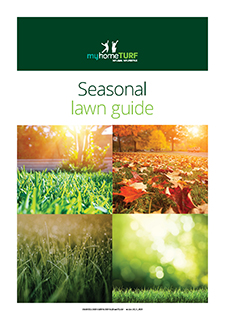7 Common Weeds in Buffalo Grass
Weeds in Buffalo lawns can quickly turn your dream lawn into a nightmare. For Australian homeowners, tackling these invasive plants is essential for preserving the beauty and ...

Redheaded cockchafer (Adoryphorus couloni) infestations can wreak havoc on Australian lawns, causing extensive damage to turfgrass and compromising the overall health and aesthetics of the lawn. To address this issue, TurfBreed Expert Turf Manager Nathan Tovey provides advice on managing redheaded cockchafer infections, including what redheaded cockchafer is, how to identify it, effective control methods, prevention strategies, insecticide application and natural remedies.
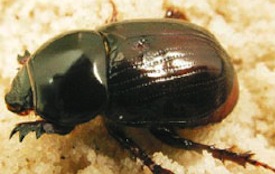 Redheaded cockchafer (Adoryphorus couloni) is a species of beetle endemic to Australia. It is a notorious pest in turfgrass management, with larvae feeding on grassroots and causing significant damage to lawns, particularly in the larval stage.
Redheaded cockchafer (Adoryphorus couloni) is a species of beetle endemic to Australia. It is a notorious pest in turfgrass management, with larvae feeding on grassroots and causing significant damage to lawns, particularly in the larval stage.
“Redheaded cockchafer larvae are creamy-white in colour with a distinct reddish-brown head capsule.”
“Adult beetles are reddish-brown in colour and approximately 15-20mm in length, with prominent antennae.” Signs of infestation include wilting or browning patches of grass, thinning turf, and the presence of adult beetles around the lawn.
“Promoting a healthy lawn through proper lawn maintenance practices such as regular mowing, adequate watering, and balanced fertilisation helps strengthen turfgrass, making it more resilient to redheaded cockchafer damage,” Nathan says.
“In severe infestations, targeted application of insecticides containing active ingredients such as imidacloprid or bifenthrin can effectively manage redheaded cockchafer larvae,” Nathan says. However, it’s crucial to follow product labels and application guidelines to minimise environmental impact and ensure safety.
“Hand-picking adult beetles or using light traps can help reduce adult populations and prevent egg-laying,” Tovey advises. Vigilance in monitoring adult beetle activity and promptly addressing infestations can prevent larval damage.
“To prevent redheaded cockchafer infestations, maintaining a dense, healthy turf stand is paramount.”
“Implementing proper lawn care practices, including soil aeration, dethatching, and over-seeding with resilient turfgrass varieties, creates an inhospitable environment for redheaded cockchafer development.”
“Insecticides should be applied during the peak activity of redheaded cockchafer larvae, typically in late spring to early summer.”
“The effectiveness of insecticides varies depending on factors such as application method, product formulation, and environmental conditions. In general, it may take several weeks for insecticides to achieve noticeable reduction in larval populations.”
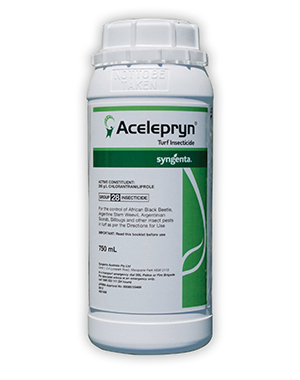
Acelepryn (750ml) is an outstanding non-scheduled insecticide liquid with low environmental impact with the active ingredient of Chlorantraniliprole (200 g/L). Acelelpryn (750ml) offers superior control of Beetles, African Black Beetle, Argentinian Scarab, Argentine Stem Weevil, Billbug, Caterpillars, Black Cutworm, Lawn Armyworm, Sod Webworm with just one single application.
SHOP NOW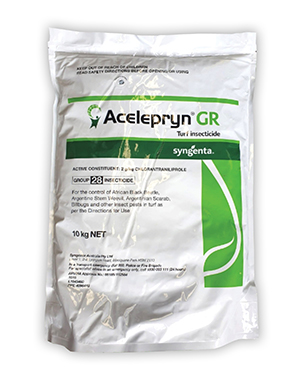
Acelepryn GR 10kg is a superior granular formulation that is unmatched in controlling season long grub and caterpillar control in one single application. Acelepryn GR 10kg bags have low environmental impact and consist of the active ingredient Chlorantraniliprole (200 g/L).
SHOP NOW“Natural remedies, such as applying neem oil or diatomaceous earth to the lawn, can help deter adult beetles and disrupt the life cycle of redheaded cockchafer,” Nathan says. “Additionally, promoting a diverse ecosystem with beneficial insects and microorganisms contributes to natural pest management.”
Nathan reminds lawn owner of the importance of bringing your lawn back to health after a pest infection. He recommends applying a wetting agent and using a fertiliser to invigorate your lawn.

LawnPride HydraMaxx 2L Hose On is an ideal liquid Soil Wetting Agent used when watering is restricted. Grasses suitable for LawnPride HydraMaxx 2L Hose On are Zoysia, Kikuyu, Couch and Buffalo.
SHOP NOW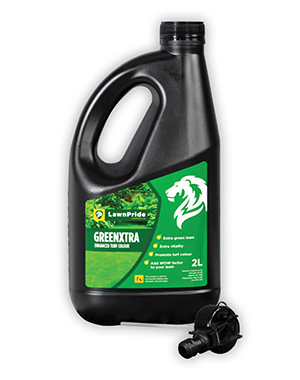
LawnPride GreenXtra 2L Hose On is a top selling liquid fertiliser containing stabilised Nitrogen, Iron and Magnesium that provides extra lawn green-up without excessive growth. The easy-to-use fertiliser has the active ingredients of Nitrogen (N – 5 g/L), Iron (Fe – 1.5 g/L), Magnesium (Mg – 0.25 g/L), Sulphur (S – 1.23 g/L) and is suitable for use on Zoysia, Kikuyu, Couch, Buffalo grasses.
SHOP NOWEffective management of redheaded cockchafer infestation requires a multifaceted approach encompassing cultural, biological, chemical, and mechanical control methods. By implementing the top tips recommended by TurfBreed Turf Manager Nathan Tovey, homeowners can mitigate redheaded cockchafer damage and maintain a healthy, resilient lawn. Visit myhomeTURF’s online shop for more lawn care products.
Sign up for our Newsletter to receive your free guide.
